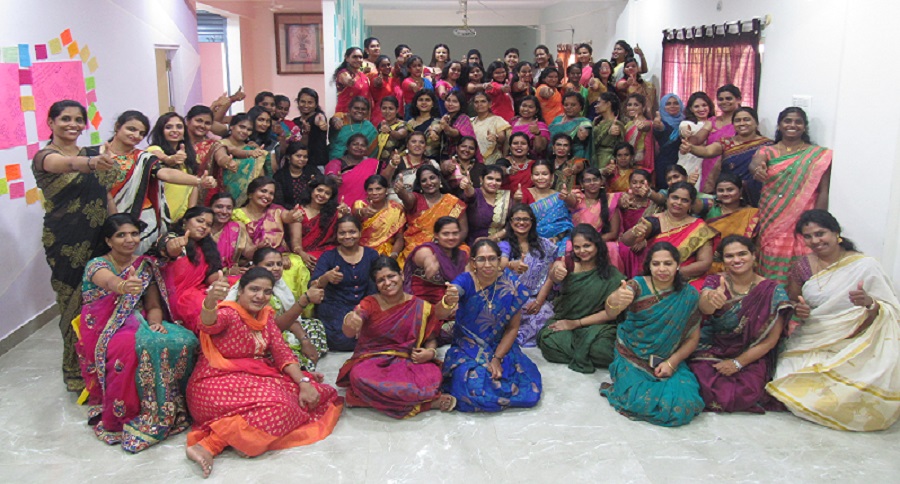What is the significance
of 15th August in India
The republic of India gained its independence from the rule of the British on 15 August 1947. Since then, this date of 15 August is celebrated as the Independence Day in India to commemorate its freedom from the 200-year-old British government.
For India, 15 August is a day of her
re-birth, a new start. At the midnight of 15 August 1947, the British rulers
handed the country back to its Indian leaders, ending a remarkable struggle
that lasted years. It was 15 August 1947, the historic date, on which sovereign
India's first Prime Minister Pandit Jawaharlal Nehru unfolded the tricolour
flag of the nation on the glorious Red Fort. The day is significant in the
history of India as bringing an end to the British colonial rule in India.
History of 15th
August
In 1757, after the British victory in the Battle of Plassey, the rule of East India Company started in India. By 1858, the British Crown had assumed control over India. The situation after World War I was marked with suppressive and exploitative laws by the British. This led to revolutionary calls for independence, and sparked the phase of non-violent and non-cooperation movements followed by civil disobedience.
The enduring leader and a national symbol for all these movements was Mohandas Karamchand Gandhi- the Father of the Nation. The next decades were marked with constant struggles between the Indians and the British for freedom. Many movements and acts were carried out by the Indian National Congress, freedom fighters and the people of India.
In the year 1946, the Labour government, the exchequer of Britain thought of ending their rule over India because of their exhaustion of capital post World War II. The British government announced, during the early 1947, that they intend to transfer power to the Indians by the month of June 1948. This approaching independence could not decrease the Hindu-Muslim violence in Bengal and Punjab. This led to Louis Mountbatten, the then Viceroy of India to propone the power hand-over date, owing to the fact that the unprepared British army could not cope with the increased violence in the country. In the month of June in 1947, the prominent Indian leaders like Pandit Jawaharlal Nehru, Mohammed Ali Jinnah, Abul Kalam Azad, Master Tara Singh and B. R. Ambedkar agreed for a partition of India. Finally, at midnight of 15 August 1947, Pandit Jawaharlal Nehru proclaimed India's independence by reading out his famous speech known as "Tryst with destiny". During this speech, Pandit Jawaharlal Nehru said "Long years ago we made a tryst with destiny, and now the time comes when we will redeem our pledge, not wholly or in full measure, but very substantially. At the stroke of the midnight hour, when the world sleeps, India will awake to life and freedom. A moment comes, which comes, but rarely in history, when we step out from the old to the new, when an age ends and when the soul of a nation, long suppressed, finds utterance. We end today a period of ill fortune, and India discovers herself again."
15th August Celebrations in India
Every year, India's Independence Day is celebrated by all proud Indians. The day is observed as a national holiday for the country. Though, local governments conduct the ceremony of flag hoisting all over India, the venue of main celebration is the Red Fort in the capital city New Delhi in India. The celebration starts every year with the unfurling of the tricoloured national flag by the Prime Minister of the nation, followed by a televised speech. The speech generally reflects the present condition of the nation along with the achievements in the previous year and the future development plans. A tribute is even paid by the Prime Minister to freedom fighters of India by declaring the day as a national holiday. Post the flag-hoisting ceremony, patriotic programs by children from schools based in different states is one of the main attractions.
In
northern and central cities of India, kite flying is celebrated as an event
associated with the Independence Day. People symbolise their patriotism towards
the country with the use of national flags of different sizes. They decorate
their cloths, cars, household, etc. with the tricolour flag. The Indians in
various parts of the world also celebrate the Independence Day with parades and
pageants. Several cities in the United States have declared 15 August as 'India
Day'.
Almost every school, college, university and government organization hoist the national flag on 15 August. Nowadays, many housing complexes, clubs, societies, group of friends, etc. even observe the flag-hoisting ceremony within their premises with ease, joy and honesty. This just shows the togetherness of Indians, who never forget to pay a tribute to their ancestors who sacrificed their life for the betterment of the country.
Almost every school, college, university and government organization hoist the national flag on 15 August. Nowadays, many housing complexes, clubs, societies, group of friends, etc. even observe the flag-hoisting ceremony within their premises with ease, joy and honesty. This just shows the togetherness of Indians, who never forget to pay a tribute to their ancestors who sacrificed their life for the betterment of the country.


No comments:
Post a Comment